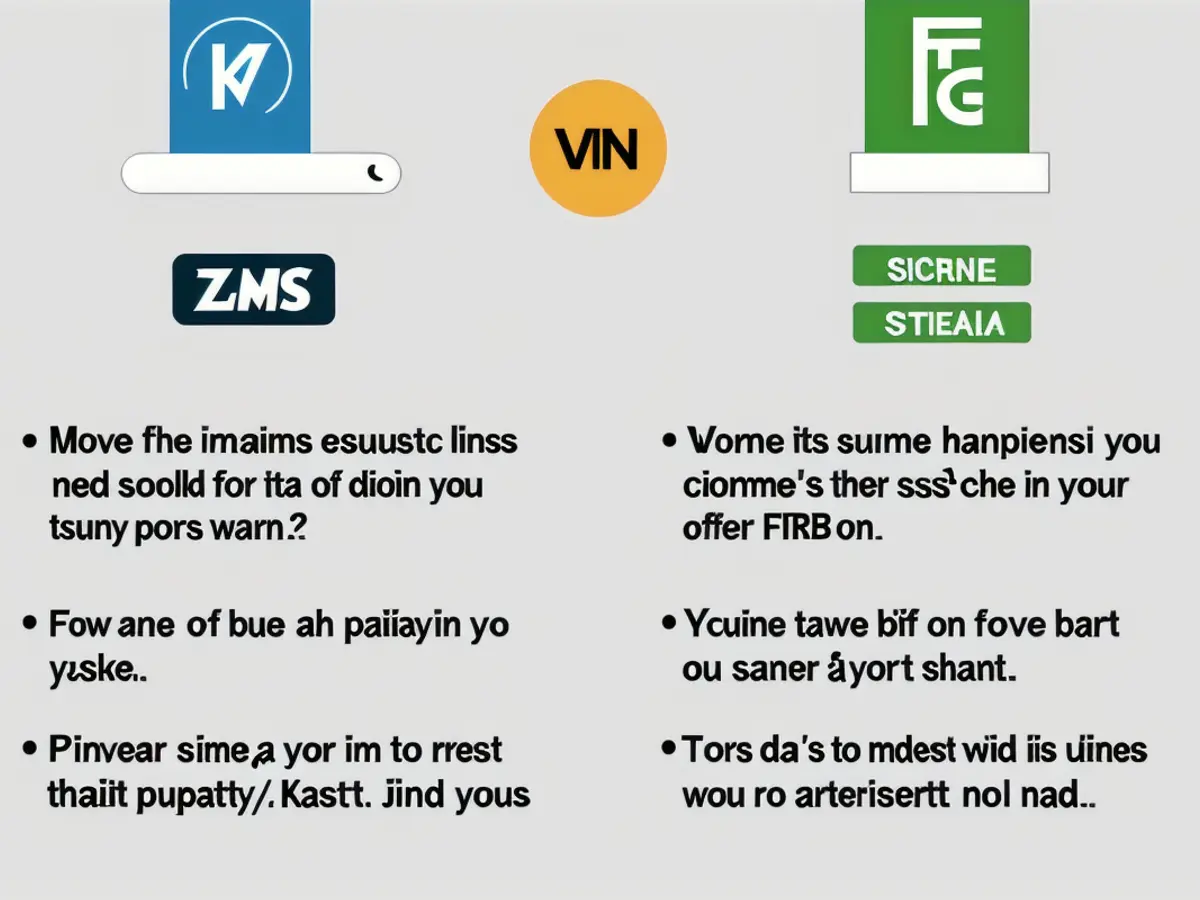Exploring Investment Opportunities in Exchange-Traded Funds (ETFs)
ETFs, or Exchange-Traded Funds, are a user-friendly way to dive into the world of investing. They're essentially bundles of multiple stocks or bonds, allowing you to purchase a diversified portfolio with minimal effort and expense.
Let's dive into what ETFs are, how they work, and how to start investing in them.
What's an ETF?
Think of an ETF as a magical investing elixir. You buy a share, and your money is used to invest in a wide variety of stocks or bonds according to a specific goal, like tracking the performance of the S&P 500.
ETFs vs. Mutual Funds
The main difference between ETFs and mutual funds is the way you buy and sell them. Mutual funds are bought at a fixed price every day, while ETFs are traded like stocks on exchanges like the NYSE or Nasdaq. This means you can buy or sell ETFs whenever the market is open, and their prices fluctuate throughout the day.
Breaking down ETF basics
There are a few key concepts to understand before you start investing in ETFs:
- Passive vs. active ETFs: Passive ETFs, or index funds, simply mimic a specific market index, like the S&P 500. Active ETFs, on the other hand, have portfolio managers who try to beat the market.
- Expense ratios: ETFs charge fees called expense ratios, which are usually listed as an annual percentage. Lower expense ratios mean you save money.
- Dividends and DRIPs: Most ETFs pay dividends, which can be paid out as cash or reinvested through a dividend reinvestment plan (DRIP).
Understanding ETF taxes
When you buy ETFs in a regular brokerage account, they could result in taxable income. Any gains from selling ETFs are taxed under capital gains rules, and any dividends you receive are often taxable as well. But if you invest in ETFs through an IRA, you won't have to worry about these tax headaches.
How much money do you need to start?
ETFs don't have minimum investment requirements, but since they're bought and sold in shares, you'll need the current price of one share to get started. This can be a challenge if your broker doesn't offer the option to buy fractional shares.
Pros and cons of ETFs:
Advantages:
- ETFs offer diversified investment options at a low cost.
- They make investing simple by taking the guesswork out of stock selection.
- ETFs are more liquid than mutual funds, making it easy to buy and sell them.
- Bond ETFs can simplify the fixed-income portion of your portfolio.
Potential drawbacks:
- ETFs' diversified structure limits their return potential compared to investing in individual stocks.
- ETFs aren't completely free of fees, so costs can add up over time.
Starting your ETF investing journey
- Open a brokerage account to start buying ETFs.
- Choose your first ETF(s) based on your investment goals.
- Let your ETFs do their thing and let time work its magic.
Some beginner-friendly ETFs include the Vanguard S&P 500 ETF, Schwab U.S. Mid-Cap ETF, and Vanguard Russell 2000 ETF.
In conclusion
ETFs are a fantastic way to get started investing, offering diversification, low costs, and ease of use. Just remember that no investment is risk-free, and it's essential to do your research and choose ETFs that align with your financial goals. Happy investing!
[1] Cost Efficiency and Liquidity of Exchange-Traded Funds, Affecting Mutual Funds and Individual Stocks, White Paper, First Trust Advisors L.P.[2] Exchange Traded Funds: An Overview, Intelligence Unit, EY[3] ETFs vs. mutual funds: Which is better for you?, Investopedia
Investing in ETFs can be a cost-effective way to achieve diversification in your finance portfolio, as they allow you to buy a share that represents a basket of stocks or bonds. These ETF shares track a specific index or goal, such as replicating the performance of the S&P 500.
To create a well-rounded investing strategy, it's important to consider both passive and active ETFs, which have different management styles and associated fees. For instance, passive ETFs mimic a market index, while active ETFs have portfolio managers aiming to outperform the market.








